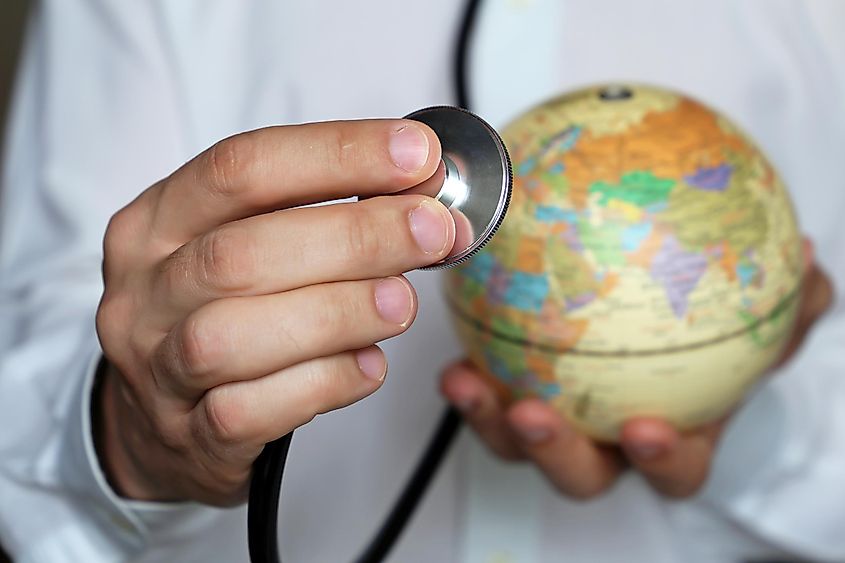Countries With Highest-Paid Doctors

- it is not always necessary to work in one’s native region
- Medscape’s 2019 U.S. Physician Compensation Report compared doctor salaries in different countries
- the United States and some European countries have the highest compensation
It is a well-known fact that physicians and surgeons are often paid very well. Taking into consideration how hard it is to get into medical school along with at least eight years of expensive education, their high salaries seem fitting.
Here is something to think about, though: Once the degree is earned, where will the doctor wish to practice? There are opportunities across the globe, and it is not always necessary to work in one’s native region. America is not the only place where doctors can earn good livings. Here are how some countries pay their physicians and surgeons, from well - to well, not so much.
Making Comparisons

Medscape’s 2019 U.S. Physician Compensation Report compared doctor salaries in different countries, after surveying their physician members. All the figures are shown in U.S. dollars, with conversions made from euros, pesos, and other local currencies. The yearly salaries include bonuses and profit-sharing if the doctors work for other entities.
- United States $313,000
- Germany $163,000
- United Kingdom $138,000
- France $108,000
- Spain $63,000
- Mexico $22,000
CareerAddict.com showed some different numbers:
- Luxembourg $357,336
- Switzerland $258,000
- United States $208,560
- Germany $163,000
- Israel $74,920
A third list is shown on medicfootprints.org:
- United States: $161,000
- United Kingdom: $118,000
- Netherlands: $117,000
- Canada: $107,000
- Australia: $91,000
Overall Trends
Although some of the numbers conflicts, it looks like the United States and some European countries have the highest compensation. All the data showed that specialists earn even more.
One reason why U.S. doctors get paid well is because medical schools here are so costly. According to the Association of American Medical Colleges, in 2018 the average cost for attending one year at public medical school was $34,592 for in-state students and $58,668 out-of-state. This included tuition, plus fees, and health insurance. Private schools were about $50,000 yearly, and prices have gone up since 2018.
In other countries, medical tuition can be free or at a low cost. Some of these include France, Germany, Finland, Norway, and Sweden. There are also public universities in Brazil and Mexico with virtually free tuition, but their doctor salaries are much lower. In addition, many of these countries have lower costs of living so the salaries also reflect that.
Understanding the Differences
To understand what it is like to be a physician in a high-paying country compared to a low-paying country, we can look at the United States and Mexico, which are at opposite ends of the salary range.
In the United States, medical students complete eight years of medical education, followed by three to seven years as an intern/resident, and specialty training. The Mexico programs take four to five years. Graduates then spend a year interning, following by a year in social service. This usually entails being a general practitioner in a rural area. Those who reach this point take an exam; if passed, they are admitted to postgraduate training and move onto a medical postgraduate residency.
It is also important to note that U.S. general practitioners spend an average of 40 hours per week seeing patients, while in Mexico they average 36. France ranked highest, with an average of 45 hours a week. Interestingly, Medscape also looked at how satisfied physicians were with their job performance. For the U.S. it was 91 percent, while Mexico reported 89 percent satisfaction.
Working Abroad

Medical professionals who choose to step out of their comfort zones and study or work abroad may find it to be very rewarding. While some countries are highly competitive and real pressure-cookers for physicians, some can provide opportunities for further professional development and renewing one’s passion for medicine. It is essential to look at every aspect of practicing medicine in another country, though. Costs of medical school, working conditions, and daily living should all factor into the decision.











